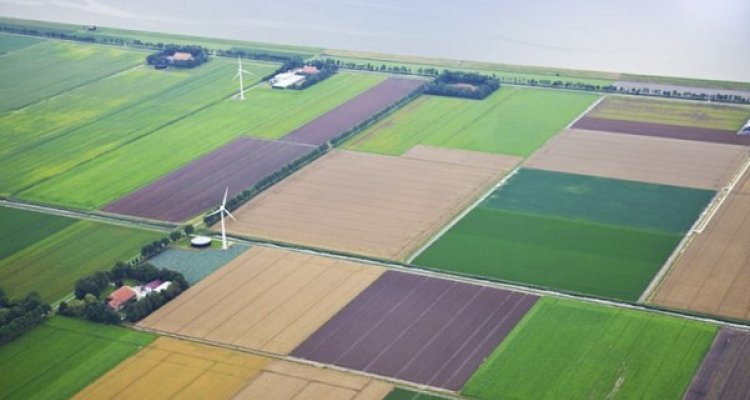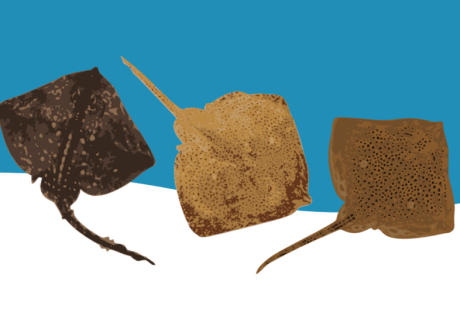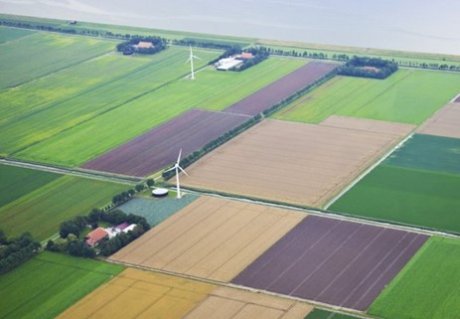
Circularity in animal production and the EAT-Lancet diet
WIAS Magazine - Fall edition 2022
Research Light
The increasing awareness of human health and the environmental impact of the food system has led to the development of numerous so-called healthy and environmentally-friendly diets. A well-known example is the EAT-Lancet diet, a diet that was proposed in 2019 by the EAT-Lancet commission. While this diet can feed a future world population of 10 billion people in 2050. it is based on a linear set up of the food system. The concept of a more circular food system is receiving more and more attention as a pathway to an environmentally sustainable food system. In a circular food system livestock are fed on residual streams from food production and grassland. Residual streams are products people cannot eat or do not want to eat, including grassland, food waste, and food processing residues. This decreases demand for animal feed production and the associated arable land, and also gives a priority to animals which can be fed with residual streams or grass. However, the compatibility between healthy and environmentally-friendly diets and a circular design of a food system was largely unknown before this study.
Is a more circular food system compatible with the proposed EAT Lancet? Our study assessed if livestock fed with residual streams and grassland could satisfy the requirements for animal proteins in the EAT-Lancet diet. We used a feed allocation model to assess which animals could affectively convert residual streams and grassland into meat, fish, milk and eggs.
Firstly, the EAT-Lancet diet proposes poultry and fish as the main sources of animal proteins, however our results show that poultry cannot efficiently convert residual streams into poultry meat. Instead, our model results suggest that the main sources of meat should come from beef from dairy production and pork. Secondly, the EAT-Lancet diet proposes consumption of up to 14 grams of beef and pork per person per day, while our results indicate up to 21 grams of beef and up to 44 grams of pork can be produced per person per day from residual streams and grassland. Dairy cows are efficient converters of grassland into milk and beef, while pigs can convert low quality feed into pork due to their high feed intake capacity. Thirdly, our results show that livestock fed on residual streams and grassland can make a substantial contribution to reducing greenhouse gas emissions and land use from the EAT-Lancet diet. Compared to the original EAT-lancet diet, greenhouse gas emissions were up to 23% lower and land use was 31% lower when livestock were fed on residual steams and grassland. These results show that feeding residual streams and grassland resources to livestock can contribute to reducing the environmental impact of the food system.
Overall, we demonstrate that considering the role of circular food systems in future diets, including the diet proposed by the EAT-Lancet commission, can potentially further reduce the environmental impact of the food system. However, this might imply trade-offs between human health and environmental sustainability as poultry is preferred from a human health perspective, yet beef and pork are better at converting residual streams and grassland into animal sourced food.
Project Overview
The aim of this PhD project is to assess the environmental impacts of circular food systems in the Netherlands with a specific interest in systems scales. This work in this article focused on feeding livestock residual streams and grassland resources at an EU level. Future work focuses more on the Netherlands, with the creation of a biophysical model of a circular food system. We hope to better understand and explore which crops to grow, which animals to keep and what food to consume in a more circular food system in the Netherlands.
Associated publication:
Benjamin van Selm, Anita Frehner, Imke J.M. de Boer, Ollie van Hal, Renske Hijbeek, Martin K. van Ittersum, Elise F. Talsma, Jan Peter Lesschen, Chantal M.J. Hendriks, Mario Herrero, Hannah H.E. van Zanten. Circularity in animal production requires a change in the EAT-Lancet diet in Europe.Nature Food3, 66–73 (2022). https://doi.org/10.1038/s43016-021-00425-3





